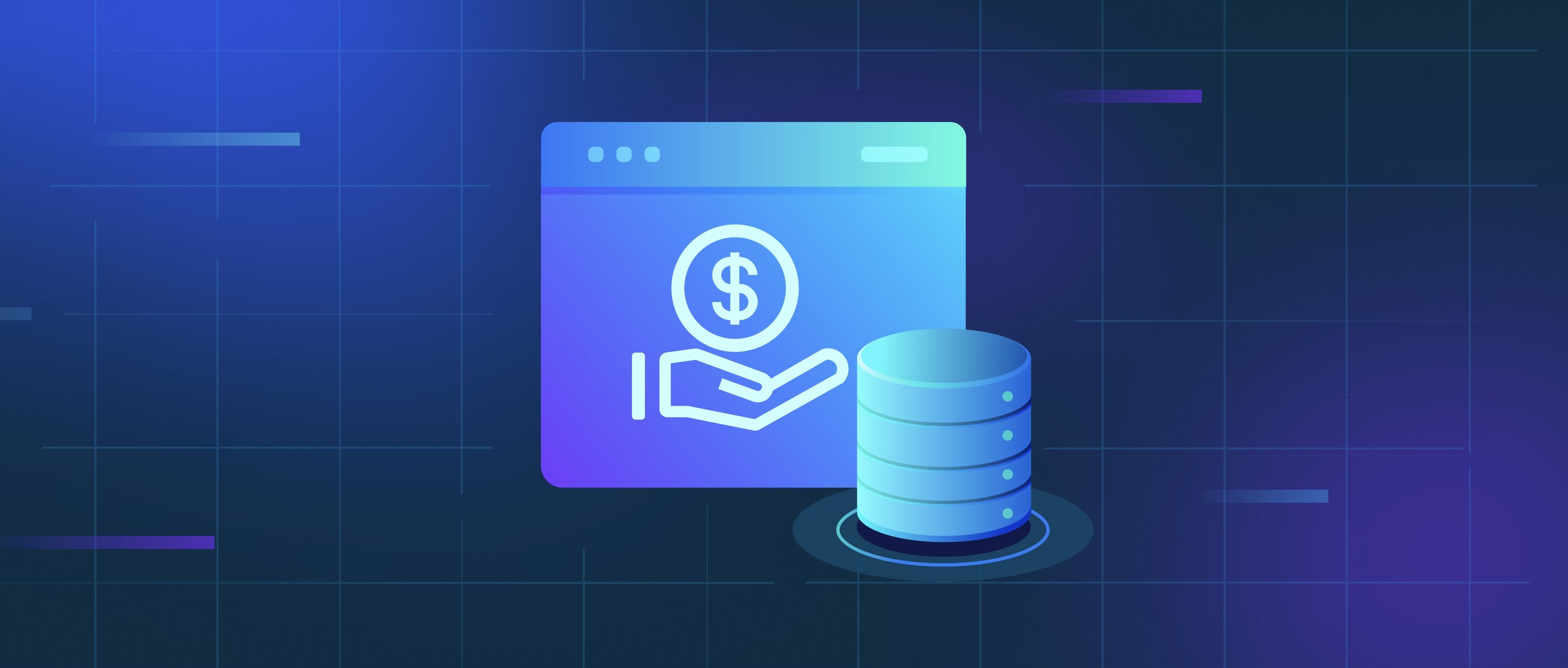The future of ETL (Extract, Transform, Load) in big data and IoT lies in adapting to real-time processing, scalability demands, and hybrid data ecosystems. Traditional ETL, designed for structured, batch-oriented data, is evolving to handle the velocity, volume, and variety of IoT-generated data and modern big data platforms. Key shifts include moving from batch to streaming pipelines, leveraging cloud-native tools, and integrating with edge computing to reduce latency and bandwidth costs. For example, IoT devices generate continuous streams of sensor data, requiring ETL systems like Apache Kafka or Apache Flink to process events in real time rather than waiting for nightly batches. Similarly, big data platforms like Snowflake or Delta Lake now support transformations directly within storage layers, reducing reliance on separate ETL tooling.
A major trend is the decentralization of ETL workflows. With IoT, data is often processed at the edge (e.g., on devices or gateways) to filter, aggregate, or enrich data before transmission. This reduces the load on centralized systems and enables faster decision-making, such as triggering alerts in industrial IoT scenarios. Meanwhile, cloud-based ETL services like AWS Glue or Azure Data Factory are becoming more serverless and automated, scaling dynamically to handle unpredictable data volumes. These platforms also integrate machine learning for tasks like anomaly detection during transformation, improving data quality without manual rules. For instance, an ETL pipeline could automatically flag erratic sensor readings in a wind turbine dataset before loading it into a data lake.
However, challenges remain. Managing schema evolution in unstructured IoT data (e.g., varying device formats) requires flexible transformation logic, often addressed through schema-on-read approaches in data lakes. Security and compliance also grow more complex as data moves across edge devices, networks, and clouds. Future ETL systems will likely emphasize interoperability, supporting hybrid architectures where data is processed across on-premises, cloud, and edge environments. Tools like Apache NiFi or StreamSets already enable such orchestration. Ultimately, ETL won’t disappear but will become more embedded in data pipelines, with a focus on speed, adaptability, and seamless integration with analytics and AI workflows.
